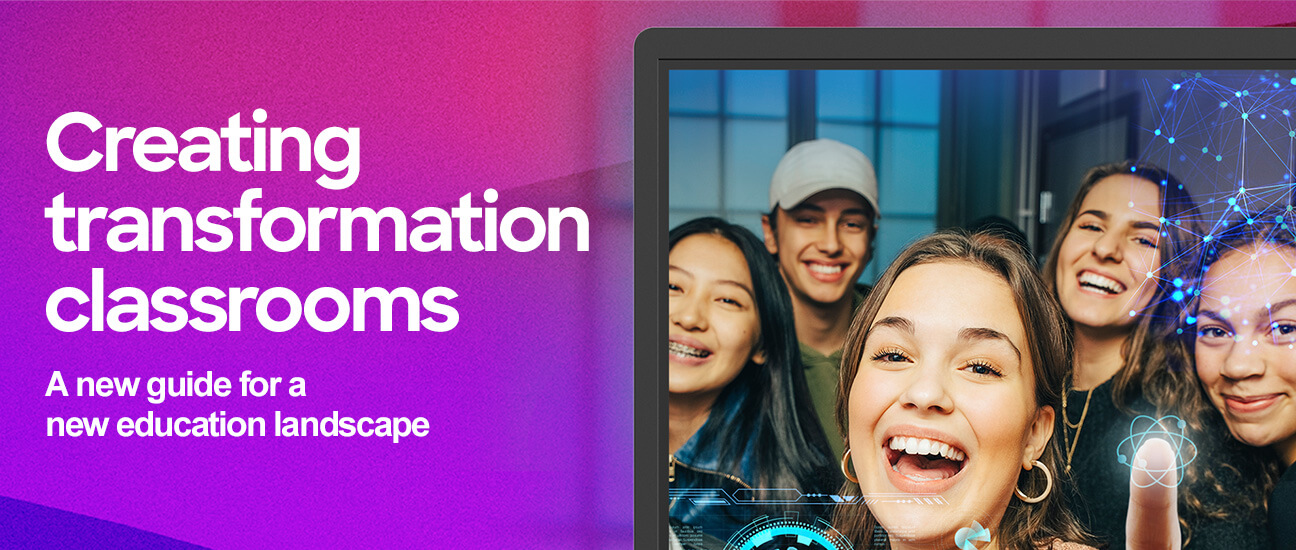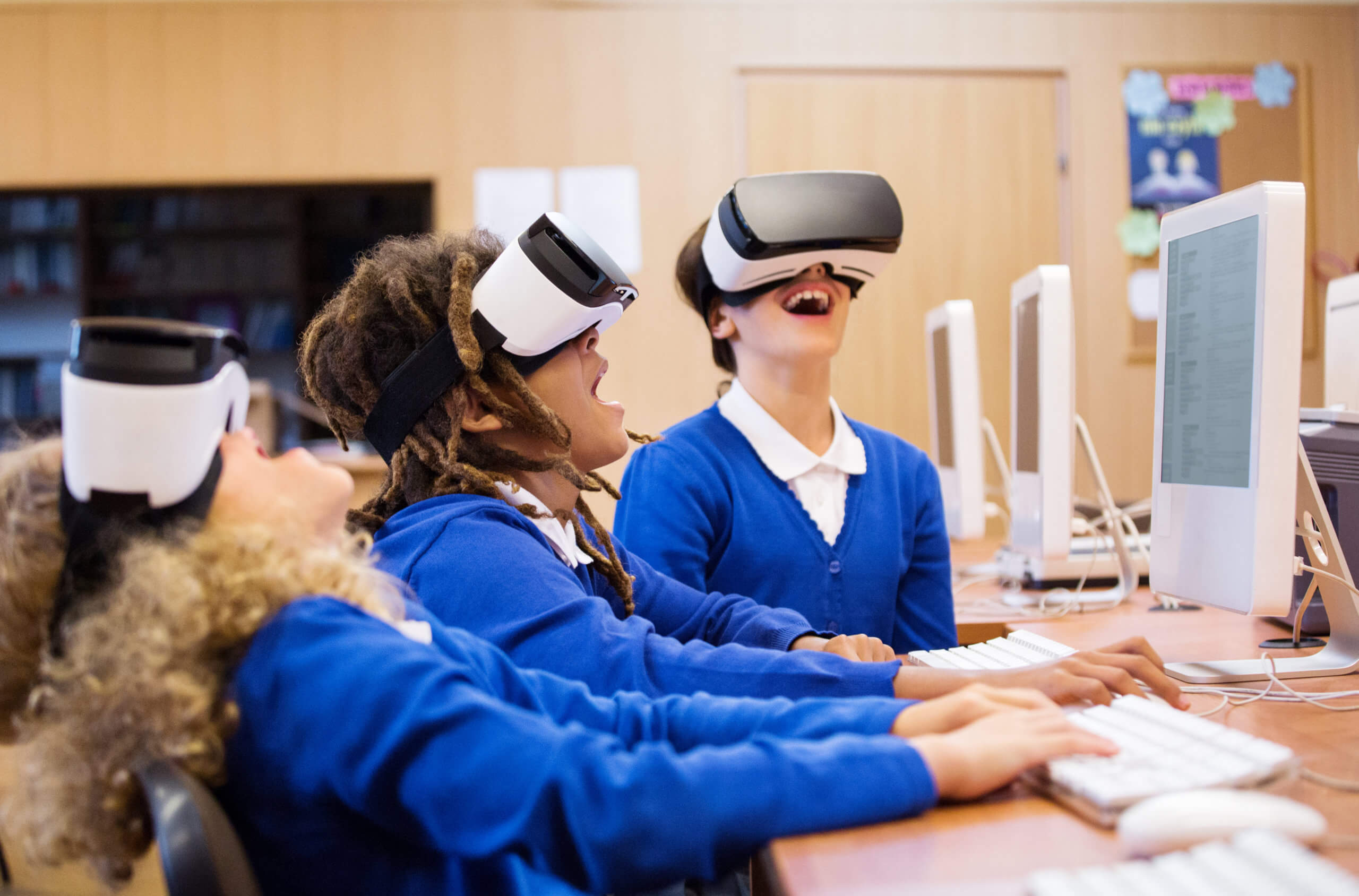With so much disruption to education over the last several years, accurate information about a student’s current level of understanding is especially crucial to ensuring all students achieve their full potential. Understanding what students know and what they don’t know is central to effective learning.
Technology can be used for instant assessment in many different ways, such as tracking student progress over time. Edtech can also be used to aid formative assessment: helping to boost engagement, identify knowledge gaps, and support further/deeper learning.
Here are just some of the ways edtech can be used to aid learning and assessment in the classroom:
Increase flexibility
Cloud-based learning provides increased flexibility, as students access and complete online assessments at a time that best suits their individual learning style and needs. All they need is an internet-ready device and a web-based or virtual environment.
With personalised learning shown to motivate students into becoming investors in their own education, such student-led approaches are becoming increasingly popular.
Improve feedback
Cloud-based edtech allows teachers to assess student comprehension in the moment of learning, with real-time assessments and instant polling. By immediately identifying and addressing any gaps in knowledge, educators can then tailor their lessons to the real needs of each student.
Research into supported assessment has also highlighted some potentially interesting insights for further development. One example involves the use of automated feedback to help students with written assignments. Learners received comparisons with their peers’ work, with the technology highlighting the similarities and differences and visually representing these side by side. Early studies have shown that students were able to identify overlapping and missing core concepts. This encouragement of self-reflection and curiosity for feedback develops a growth mindset which improves their intelligence, ability and performance.
Recognise and cater for differences
As everyone learns a little differently, teachers have long strived to meet the needs of all their pupils, painstakingly setting and photocopying different assessments for different students depending on their abilities. Technology designed for the classroom makes this process a whole lot easier.
Along with a variety of online resources to boost learning, there is a vast range of apps available to help teachers assess pupils depending on their personal interests, abilities, and goals. By assessing students in a manner appropriate to them, pupils are less likely to become frustrated and disengaged, and more likely to succeed.
Understand the importance of emotion
Every teacher knows that emotion has a huge impact on the overall learning experience, but understanding the varying emotional needs of pupils can prove difficult. One way that technology is being used to help teachers consider the emotional impact of their learning activities, assessments, and teaching methods is Subtle Stone – a handheld tool designed to let students privately communicate their emotional state directly to the teacher.
Consolidate learning
Students can also use audio and video tools to create podcasts and presentations reviewing their learning that term. In doing so, not only will students consolidate their learning in a medium that is familiar to them, but they will also produce a valuable learning resource for other students.
With remote learning and growing interest in e-assessment, most teachers have come to understand the benefits of technology for assessment. However, what is not yet widely celebrated is that technology-enabled assessment can be used for more than just tracking results and discipline knowledge. By combining data with learning analytics, technology also offers great promise in helping pupils learn through assessment.
Book a demo to see these edtech benefits first-hand in transforming your teaching.




